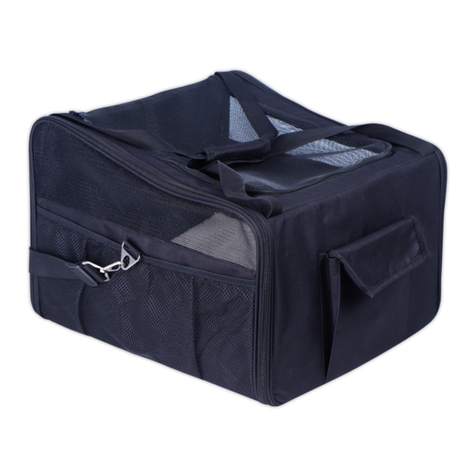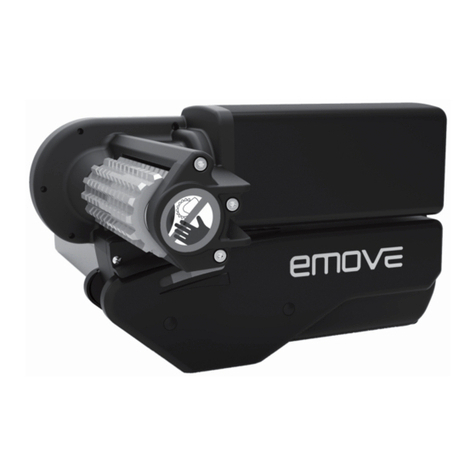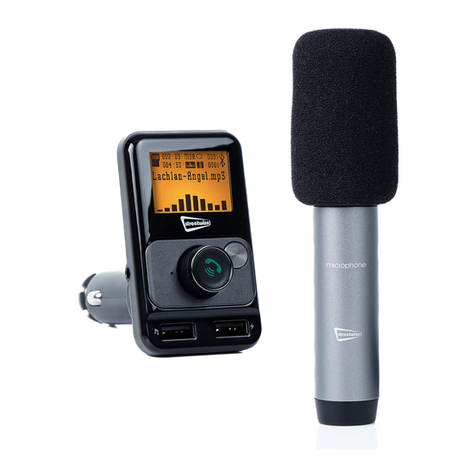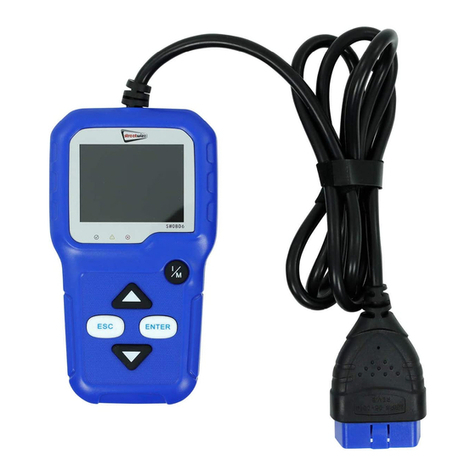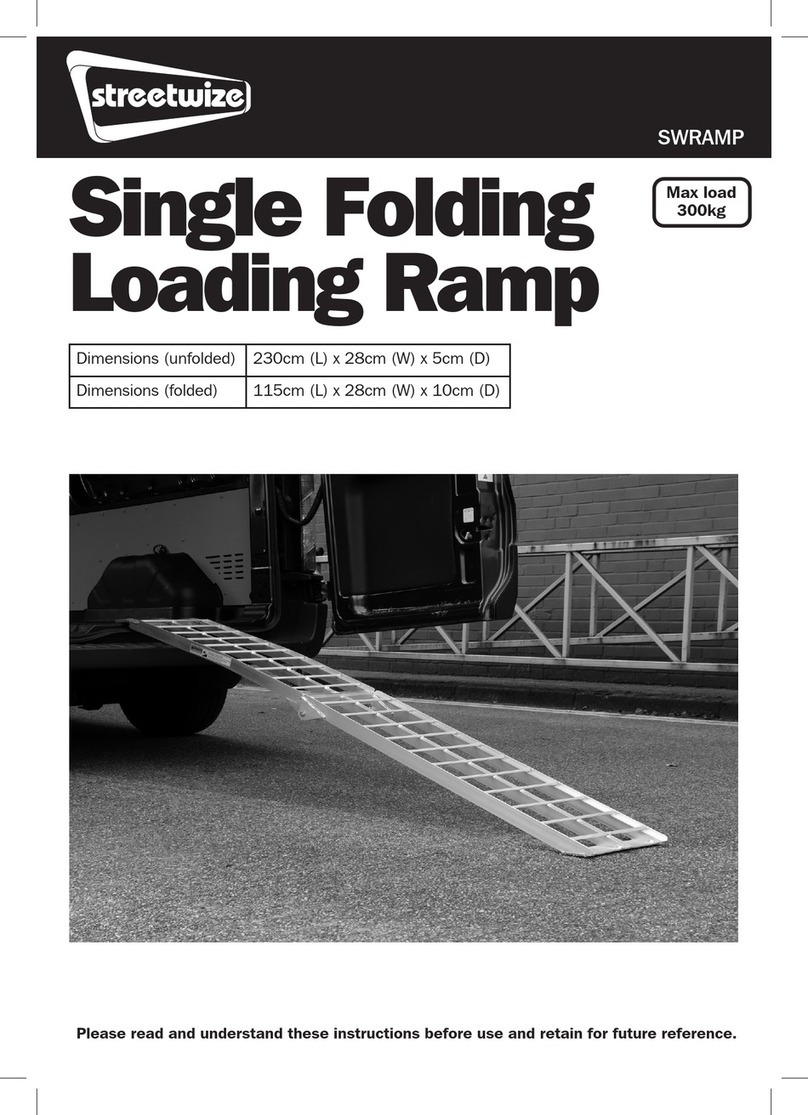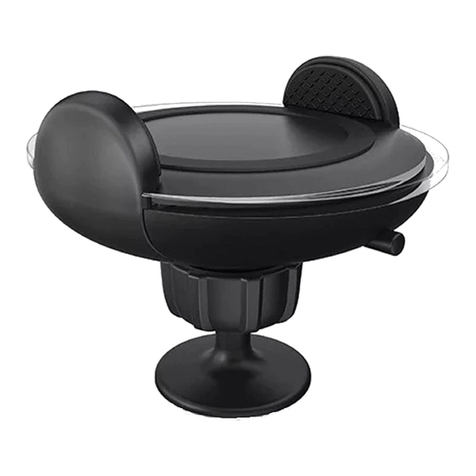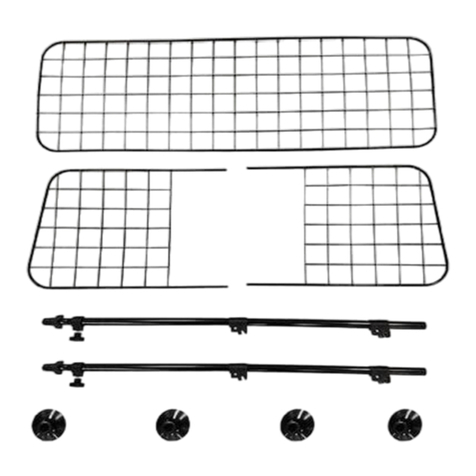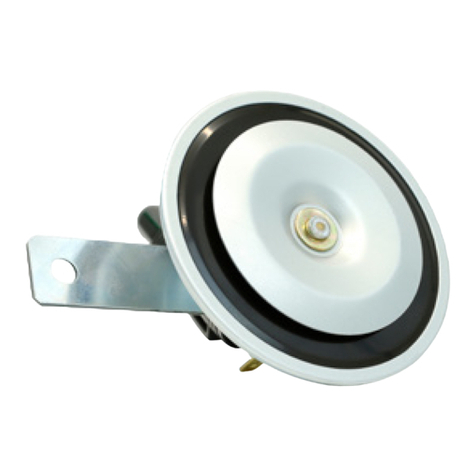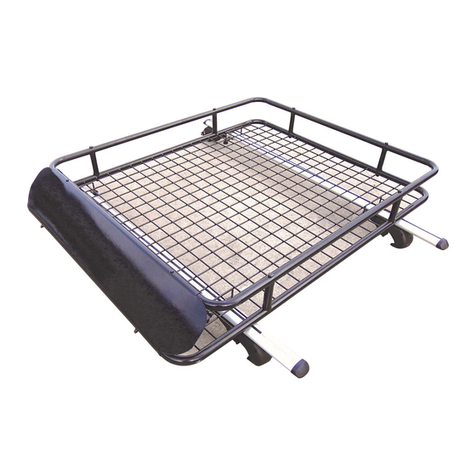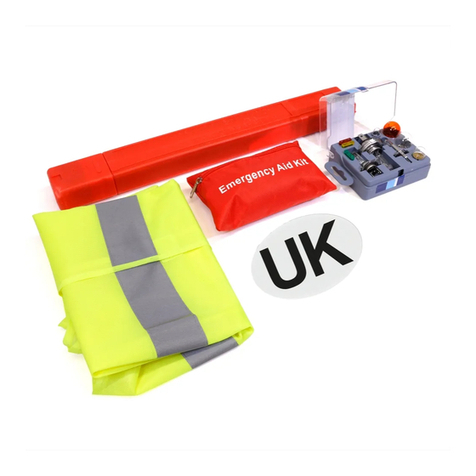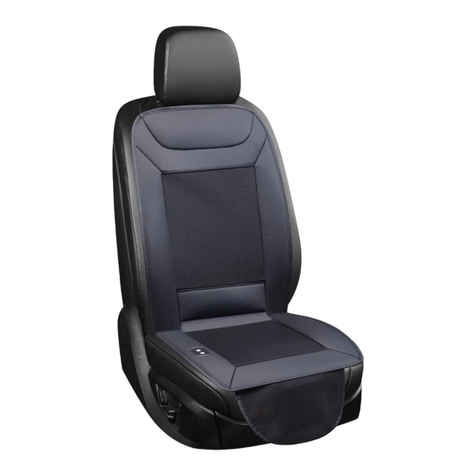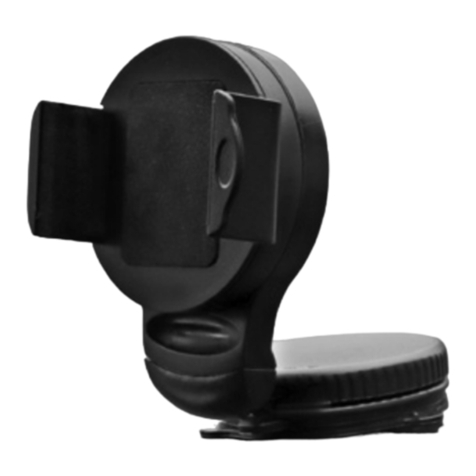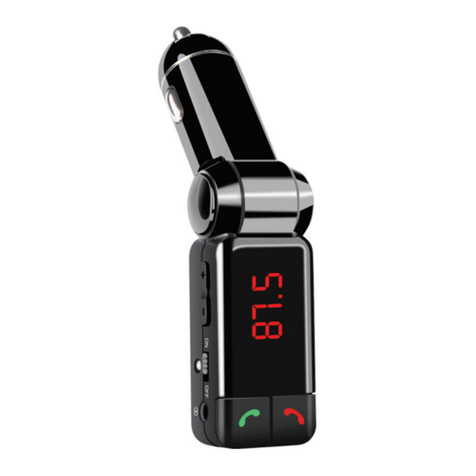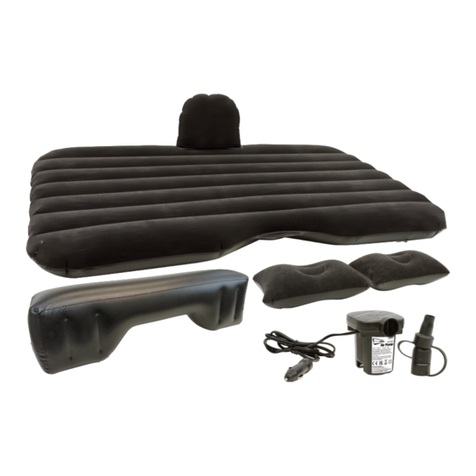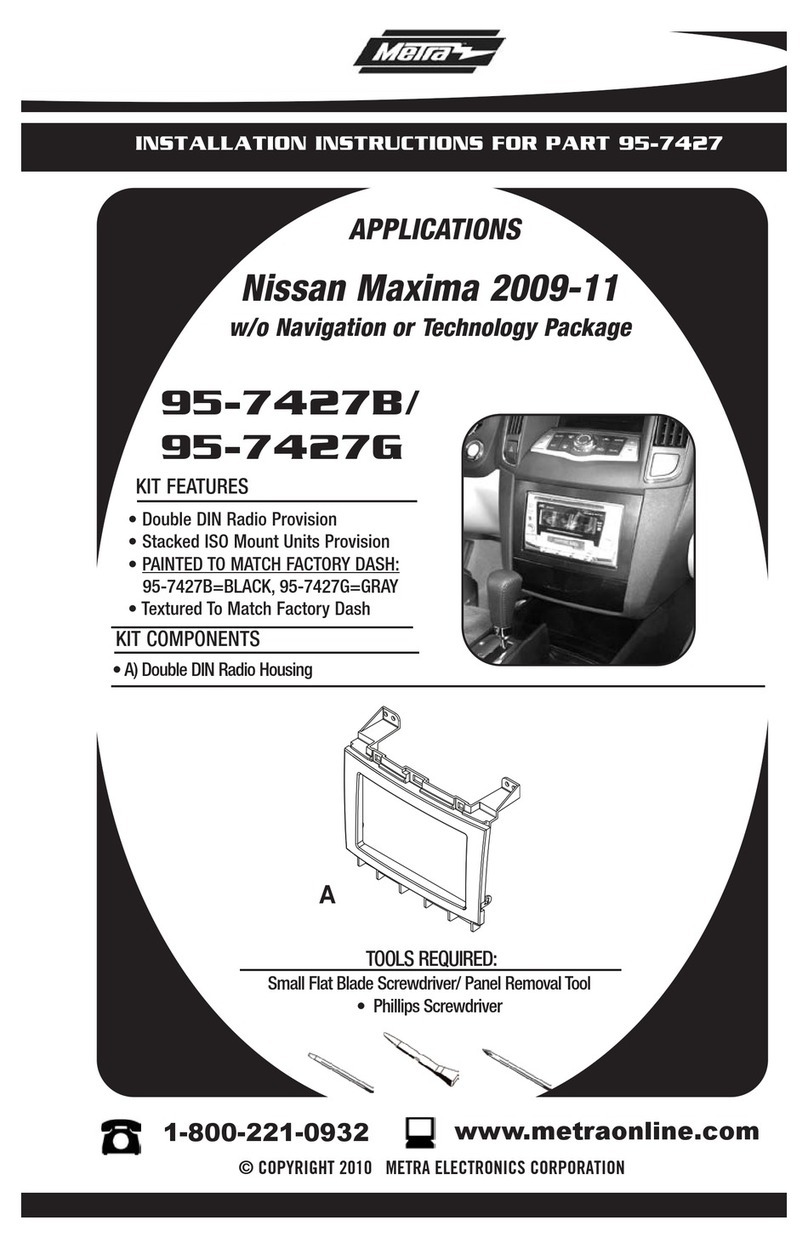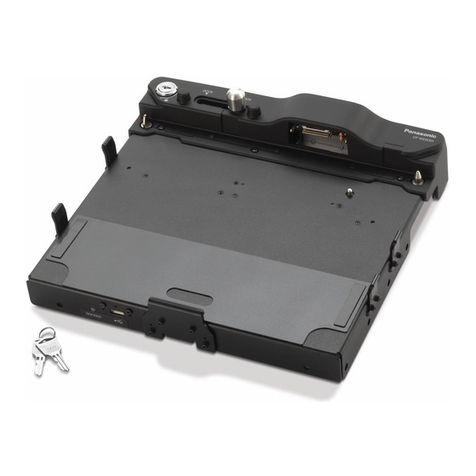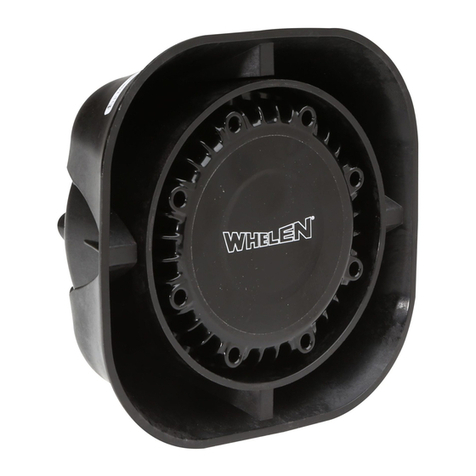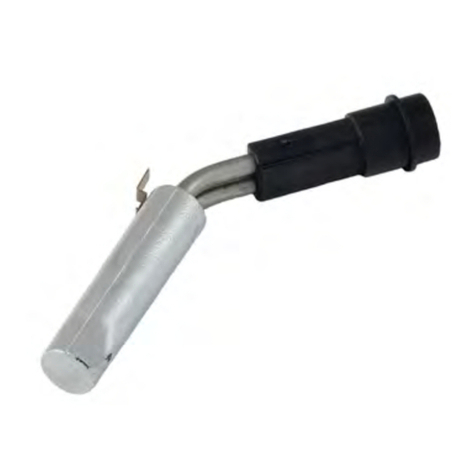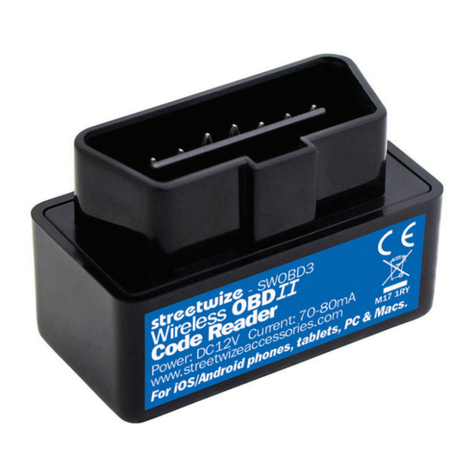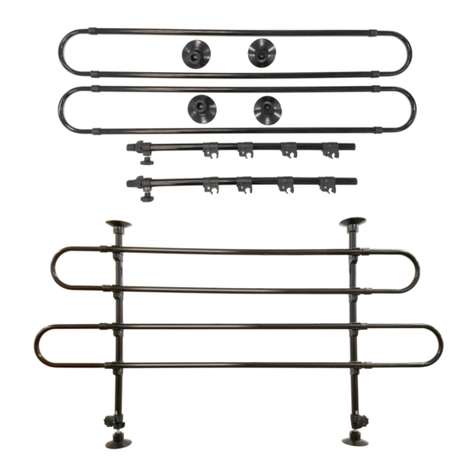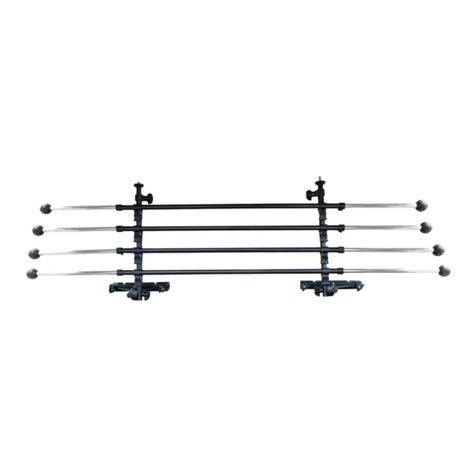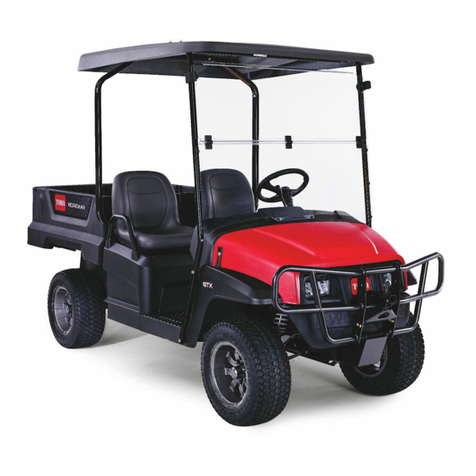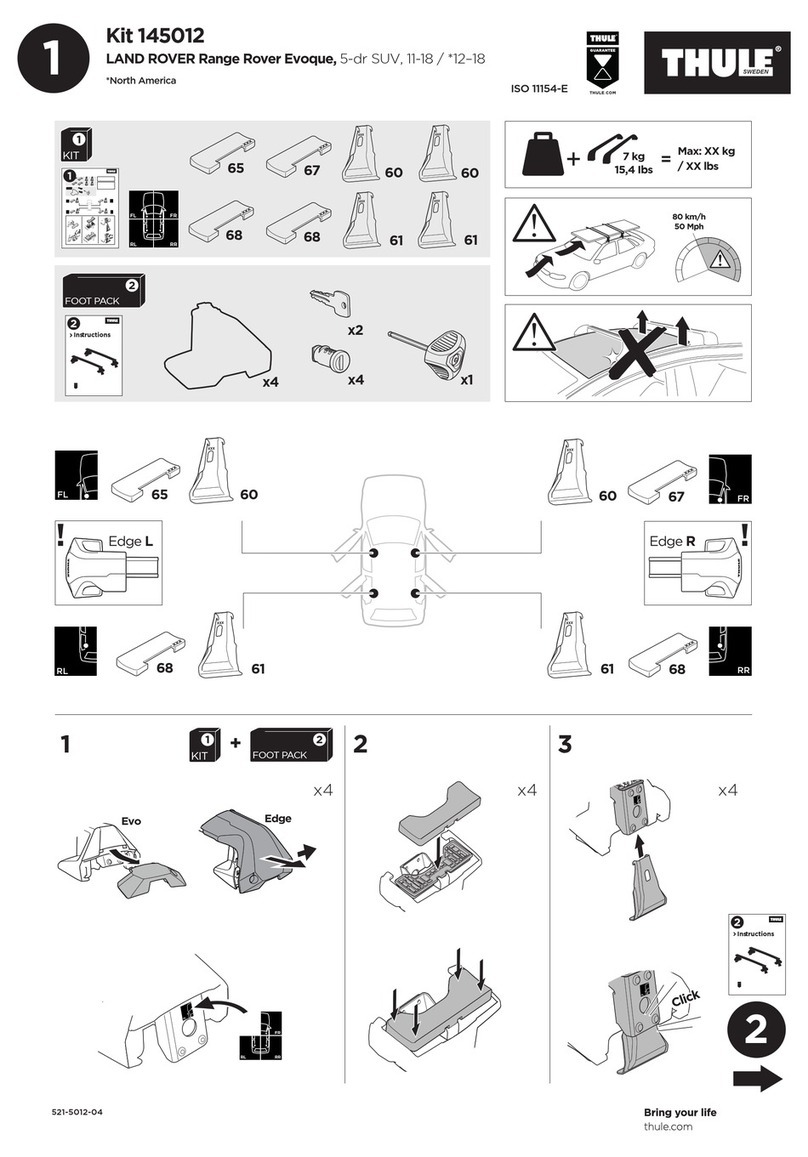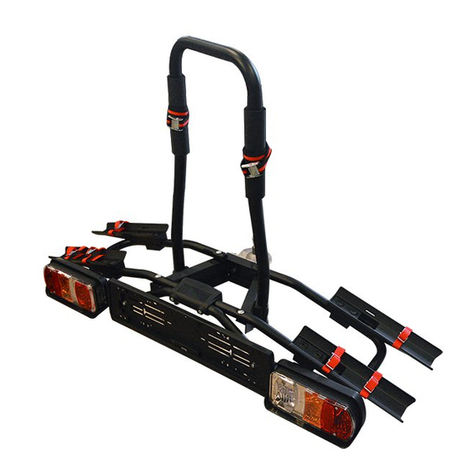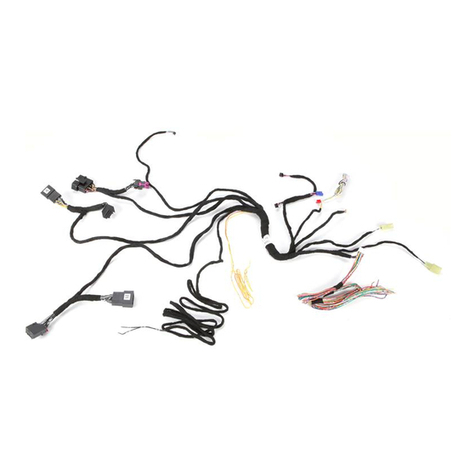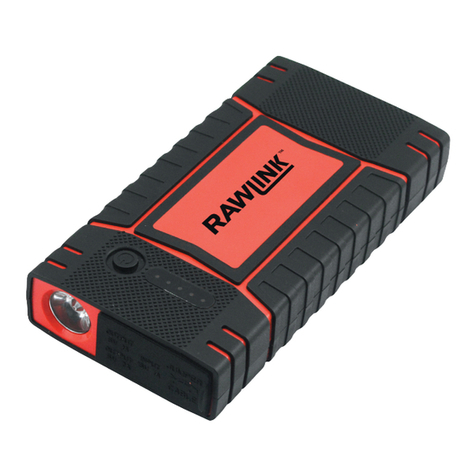The
slide
switch
(Fig.
5A)
also
acts
as
an
The
automatic
engaging
system:
To activate the automatic engaging system of the motor powered rollers on the tyre, press the two buttons for
engaging (Fig. 5I) or disengaging (Fig. 5J) for at least three seconds. The blue LED (Fig. 5K) will blink fast
during these three seconds and every second there will be abeep. This warns you that the system will be
activated!
Engaging: After these three seconds the motor powered rollers will be pressed against the tyre, and the blue
LED will illuminate constant. Now you can release the two buttons. When the motor powered rollers are pressed
on the tyre strongly enough you hear ashort beep, the blue LED will switch off and the system is ready to use.
Disengaging: after these three seconds the motor powered rollers will be released from the tyre, and the blue
LED will illuminate constant. Now you can release the two buttons. When the motor powered rollers are
completely
disengaged
you
hear
a
short
beep,
the
blue
LED
will
switch
off
and
is
the
system
ready
for
transport.
The
remote
hand
set
switches
off:
After 3minutes, if no button is pressed: After 2minutes the buzzer will beep for 5times with arepetition
after 3minutes. Than the system switches in the - modes.
After 6minutes, if one of the movement buttons is permanently held down: After 5minutes the buzzer will
beep for 5times with arepetition after 6minutes. Than the system switches in the - modes.
The green LED goes off and the remote control handset is in the - modes which means that there
always will be used some current which causes the battery to go down. So always make sure the remote
control handset is turned off by the slide switch.
To reactivate the remote control, move slide switch to Oand then back to -I after approximately 1
second.
Error
messages
via
the
remote
control
handset:
Error messages of the emove EM303A will be communicated via the remote control handset by the green LED
(Fig. 5H), the error message (Fig. 5L, 5M &5N) and abuzzer signal:
Green LED (Fig. 5H) off, no buzzer: remote control handset is turned off and also system is not activated
Green LED (Fig. 5H) continue on, no buzzer: remote control handset is turned on and system is activated
and ready to use.
Green LED (Fig. 5H) is blinking, no buzzer: no communication between handset and control unit. This could
be because of too much distance between remote control handset and control unit, or the battery isolation
switch for manoeuvring system is not turned on or that there is adistortion signal disturbing the
communication. As soon as connection is good again the green LED will be continue on and the system is
ready to use.
Blue battery voltage LED (Fig. 5N) is blinking in combination with buzzer (2 times blinking, break, 2times
blinking, break etc.): Battery voltage too low (<10V). Battery needs to be recharged.
Blue battery voltage LED (Fig. 5N) is blinking in combination with buzzer (4 times blinking, break, 4times
blinking, break etc.): Battery Voltage too high (over charged). Try to discharge the battery by turning on a
user (for example alamp or water-pump).
Red overload LED (Fig. 5L) is blinking in combination with buzzer (6 times blinking, break, 6times blinking,
break etc.): Amp overload protection is activated. Wait about 60 seconds and try again.
Blue 9V battery LED (Fig. 5M) is blinking, no buzzer: The internal 9V battery is near empty and needs to be
replaced.
Changing
batteries
in
the
remote
control:
When the battery is empty (blue 9V battery LED (Fig. 5M) is blinking), it needs to be replaced.
Open the rear cover of the handset (Fig. 7A).
Take out the dead/old battery and dispose in the appropriate way.
Install anew replacement battery (Fig. 7.1). Make sure to use aleak proof PP3 (9Volt) battery (No claims
under guarantee can be considered for damage caused by leaking batteries).
Close the rear cover again.
Dead and used batteries may leak and damage the remote control handset! Remove the batteries if the
handset is not going to be used for an extended period.
OPERATION
-
ELECTRONIC
CONTROL
UNIT
The electronic control unit (4), which is mounted inside your caravan, is responsible for controlling the
manoeuvring system.
The control unit has three one pushbutton and one slide switch (Fig. 3):
Green
LED
(Fig. 3B): Power LED continuously illuminated when system is activated (by moving slide switch to
-I). If the handset far away from the control unit, beyond the availably distance, this LED will go out.
Blue
LED
(Fig. 3C): Error message LED concerning caravan battery:





















